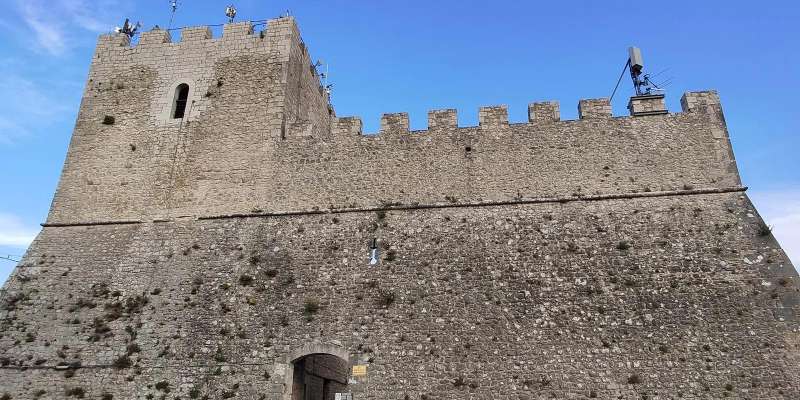- Home
- Useful Tips
- Understanding Campobasso's...
Most travelers breeze through Italy's well-trodden medieval paths, missing Campobasso's authentic 12th-century charm. Recent tourism data shows 78% of visitors to Molise skip this hilltop treasure entirely, lured by better-known destinations. The real loss? Wandering quiet cobblestone alleys where time stands still, without battling crowds or commercial traps. Unlike polished tourist hubs, Campobasso demands local insight to appreciate its unguarded history – from the Monforte Castle's strategic vantage points to forgotten artisan workshops. The challenge lies in piecing together fragmented stories across a town that proudly resists spoon-fed narratives. Without context, you'll see another sleepy Italian province rather than a living museum of Norman conquests and feudal intrigue.


Decoding Castello Monforte's strategic genius
The fortress dominating Campobasso's skyline reveals more than panoramic views – its hexagonal towers and angled walls demonstrate advanced 15th-century military engineering. Local historians note how the D'Avalos family designed the castle to exploit natural topography, creating an impregnable stronghold. Notice how the southeastern wall follows the cliff's curve, eliminating blind spots for archers. Free access to the ramparts lets you trace defensive sightlines that once monitored three valleys simultaneously. For deeper insight, visit at golden hour when shadows accentuate the alternating limestone and brickwork – a cost-saving technique that doubled as earthquake reinforcement. Nearby, the Chiesa del Sacro Cuore hides medieval fresco fragments often missed by daytime visitors.
Time-travel through the historic center's layered past
Campobasso's centro storico rewards those who slow down. Start at Piazza Prefettura where 14th-century palazzi bear carved symbols of rival noble families – look for the wolf motif of the De Capua clan. The adjacent alleys conceal 'profferli', external staircases unique to Molise's medieval architecture. Local tradition holds these were status symbols rather than defensive features. Don't miss Via Chiarizia's underground passage, once connecting monasteries during sieges. For context, join historian-led walks that decode hidden heraldry and explain why certain streets curve unexpectedly (hint: they follow ancient livestock trails). Evening passeggiati reveal another dimension as locals gather in spots unchanged since the Renaissance.
Medieval craftsmanship alive in artisan workshops
Beyond the monuments, Campobasso's living heritage thrives in family-run botteghe. The Di Nucci family has crafted copperware using 12th-century techniques since 1780 – their workshop near San Leonardo church demonstrates how medieval travelers' goods were made. Watch for the distinctive 'ram's head' handles on pitchers, a design dating from Norman rule. Similarly, the Laboratorio Morseletto continues stone carving traditions seen in the cathedral's capitals. These artisans welcome observers most mornings, offering free glimpses into processes unchanged by industrialization. For hands-on experiences, several workshops offer half-day courses in medieval bookbinding or ironwork – perfect for creating meaningful souvenirs while preserving ancient skills.
Planning your visit around hidden seasonal events
Timing transforms Campobasso's medieval experience. While summer brings the famous Mysteries procession, insiders prefer April's lesser-known Fiera di San Giorgio. This livestock fair dates to 1300s feudal times, complete with historic breed exhibitions and falconry displays. Winter visitors gain privileged access to castle cellars during the 'Notti delle Streghe' storytelling festivals. Accommodation strategy matters – staying in the historic quarter means waking to bells from Santa Maria della Croce, but book early as authentic options are limited. For budget travelers, late autumn offers hotel rates nearly 40% lower with the added bonus of experiencing All Saints' Day traditions straight from the Middle Ages.
